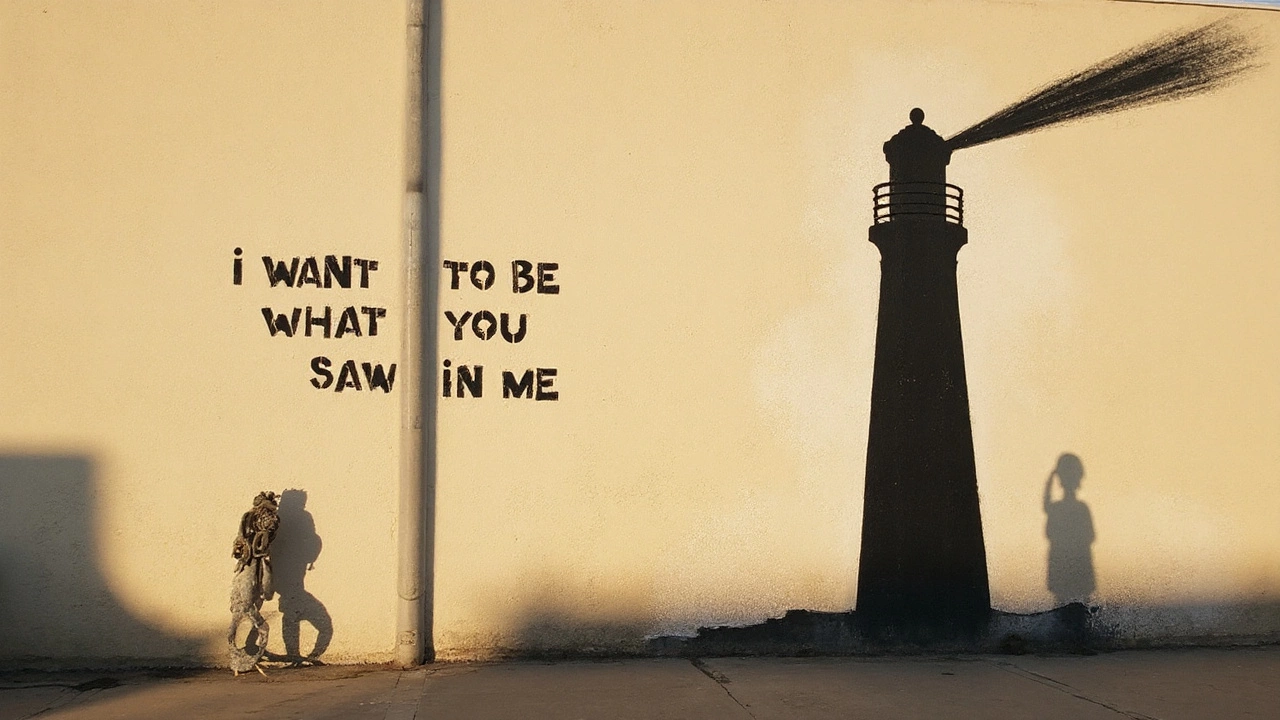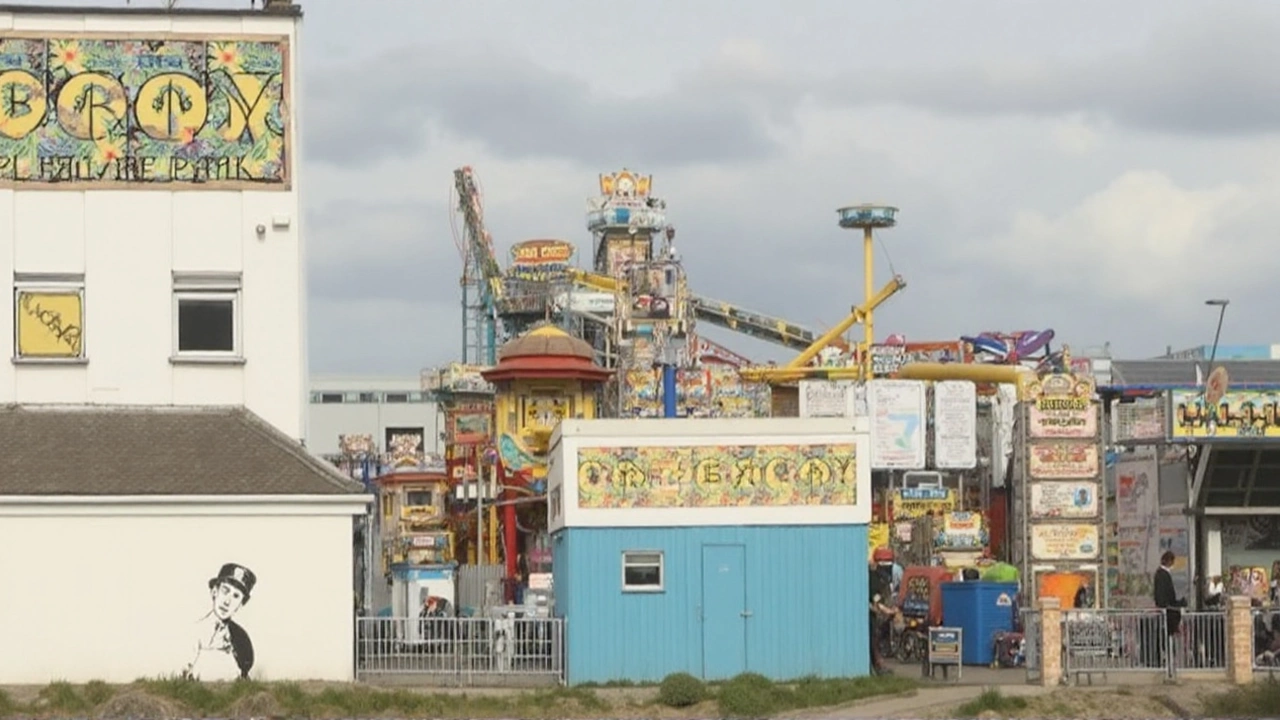A ‘Banksy’ at the funfair—then a tag blows the cover
For a few frantic hours in Porthcawl, a seaside wall looked like it might be the next stop on the global Banksy tour. A crisp stencil appeared at Coney Beach Fun Fair: a young boy in a pirate hat, toy sword in one hand, a mechanical grabber in the other. The style was sharp, the placement cheeky, the vibe familiar. Photos hit a local Facebook group, and the guessing game began.
Then came the swerve. Next to the piece, viewers spotted a small tag—an identifying mark used by street artists. It matched a local signature. The mood shifted from “Is it the real deal?” to “Nice work, but not Banksy.” No drama, just a collective shrug and a bit of pride that someone nearby had pulled off a convincing nod to the world’s most famous anonymous artist.
The mural’s subject felt right for the site: a pirate at a funfair in a town that lives off summer crowds and sea air. That’s part of why it fooled people at first glance. It used the classic stencil method, clean edges, punchy imagery, the sort of late-night placement that makes you wonder how many people walked past it before sunrise without noticing.
Even without a famous name attached, moments like this show how tuned-in Wales is to street art. Locals didn’t just share pictures; they scrutinized every detail, from paint overspray to the wall texture to the small tag tucked into the corner. The verdict came quickly. The buzz, even quicker.

Why Wales keeps looking for Banksy—and how to know for sure
Wales has form here. In December 2018, the town of Port Talbot woke up to Season’s Greetings, a striking piece split over two walls. On one side, a child stuck out their tongue to catch “snow.” On the other, the reveal: falling ash from a metal drum fire. It was a sharp commentary on pollution near the steelworks, and it exploded into national headlines. The work later left the town after being sold to a collector, but its short life on that corner triggered something. Murals spread, tours popped up, and Port Talbot picked up a new reputation as a street art hotbed.
That episode explains why people keep scanning Welsh walls for the next surprise. A genuine Banksy can transform a street overnight. It brings visitors, cameras, and a debate about who owns public art on private walls. Councils scramble to protect pieces with boards or plastic sheeting. Property owners worry about damage, insurance, and what happens next. Meanwhile, the art world waits for a single signal: official confirmation.
Authentication is straightforward in theory, messy in practice. Banksy announcements usually appear on the artist’s official website or Instagram. For ownership and sales, there’s an official route—the Pest Control Office—which confirms whether a work is genuine and can issue certificates. Without that, the market won’t touch it. With it, values can rocket into six or seven figures, depending on scale, location, and condition.
Because the stakes are so high, lookalikes are common. Some are homages. Some are hopeful speculation. A few are deliberate fakes. In Porthcawl, the tag gave the game away fast. But there are other tells you can check before the rumor mill runs wild:
- Check the artist’s official channels. If it isn’t posted there within a day or two, it’s probably not genuine.
- Look for context. The best-known works comment on the exact place they’re in—local politics, industry, or a headline you’d instantly recognize.
- Study the execution. Banksy’s stencils can be layered and often mix in freehand touches, fine detail, or clever use of existing street furniture.
- Watch for signatures. Banksy rarely uses a graffiti-style tag next to a fresh piece.
- If you’re the owner, get advice fast. Cover it without touching the paint, log the exact location, and contact Pest Control for guidance.
Back at Coney Beach, the piece still did something valuable: it got people out looking. Kids posed for photos. Locals compared notes. Street art lives or dies by attention, and for a morning, that wall pulled focus. You don’t need an international name to create a small civic moment.
And the appetite in Wales isn’t going away. Port Talbot’s saga showed how quickly a single monochrome image can spin up debates about pollution, property, public access, and money. Porthcawl showed how quickly a community can play detective. Somewhere between those two energies—sudden fame and local sleuthing—sits a scene that’s gotten sharper, more confident, and more watchful with every new stencil that pops up overnight.
